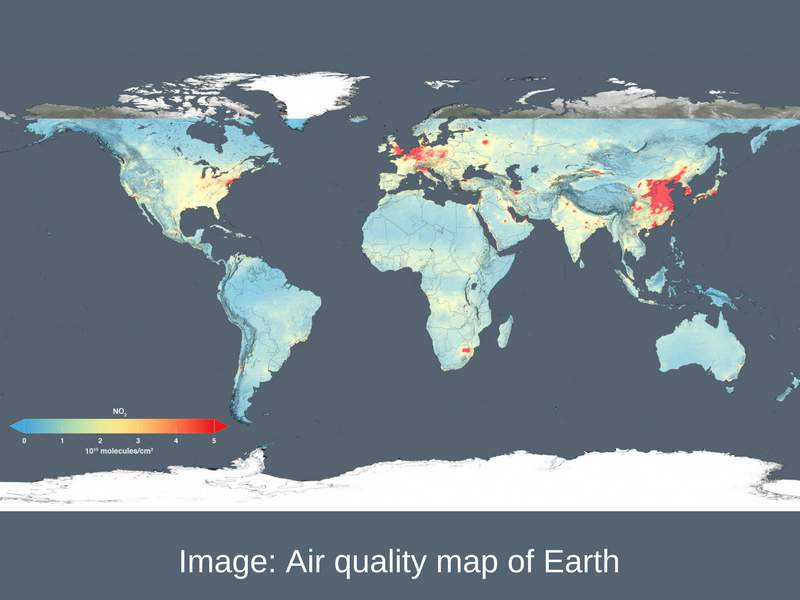Last Updated: February 25, 2025
To maintain the proper balance of human life on earth, we need clean air. It’s a fact. The same is applicable for vegetation, water, soil and wildlife as well. Keeping this in mind, we are going to touch an topic in this post, the air quality. Let’s begin!
What is Air Quality
In simple words, Air quality or AQ is the degree to which the air in a particular place is pollution-free. Therefore, AQ refers to the state of the air around us.

Types of Air Quality
- Good and poor Air Quality
- Ambient (or outdoor) Air Quality
- Indoor Quality
Good AQ means clean, clear, unpolluted air. On the contrary, when pollutants reach high enough concentrations to endanger the environment or the health of human beings, it is referred as poor AQ.
Ambient or outdoor AQ talks about the quality of air in our surrounding environment i.e outdoor air. The measurement is done away from direct sources of pollution and near ground level.
As we all know the topic is incomplete if we talk about the outdoor AQ. We live inside of our our houses and therefore, the inside air is an area of concern as well. The air in enclosed spaces, like our houses, places we work at/offices, schools of our children can also be polluted, from pollutants.
Causes That Impact The Quality of Air
There are innumerable factors that affects the quality of air. Major contributors would be power plants and factories. These factories emit a wide variety of pollutants in the air. Emissions can result in poor AQ. These emission are natural caused or caused by human activities. A few examples are driving motor vehicles, like cars, wood burning etc.
These pollutants are monitored by the Environment Protection Agency. US EPA, In United states, is dedicated to monitoring the quality of the air we breathe.
Let’s look at the other causes. As we mentioned above that air pollution is not just outdoor but indoor too, we need to pay attention to that as well. In fact, some kinds of air pollution can be worse indoors than outdoors. We are talking about mould, tobacco smoke, and also the chemicals released from synthetic fabrics and furnishings etc
Indoor AQ is equally important because most of the people in North America spend their time indoor. The data says that Canadians spend about 90 percent of their time inside.
The question here arises that are there even measures to find out the the AQ? The answer is yes.
How to find out if the Air we breathe is clean or not?
Office of Air Quality Planning and Standards, OAQPS is responsible for setting the National Ambient Air Quality Standards (NAAQS), which control pollutants harmful to people and the environment.
OAQPS monitors for criteria pollutants through various programs, like, Ambient Air Monitoring Program. The AQ samples are collected to judge attainment of AQ standards.
Air Quality Index (AQI)
It’s time to discuss the next crucial term, AQI. An air quality index or AQI is a number used to judge how polluted the air currently is or how polluted it is forecast to become. In Canada, the AQ has been reported for many years with provincial Air Quality Indices (AQIs).
Increases in AQI means increase in the level of pollution which can increase severe adverse health effects. The Air Quality Health Index (AQHI) is a scale that helps to understand the impact of AQ on health.
The AQHI table is given below. The table provides numbers ranging from 1 to 10+. These numbers indicate the level of health risk associated with local AQ.
| AQHI | Health Risk |
| 1-3 | Low |
| 4-6 | Medium |
| 7 | High |
| 8-10 | Very High |
| 10+ | Serious |
AQI values reflect AQ management objectives, which are based on the lowest achievable emissions rate, and not exclusively concern for human health.